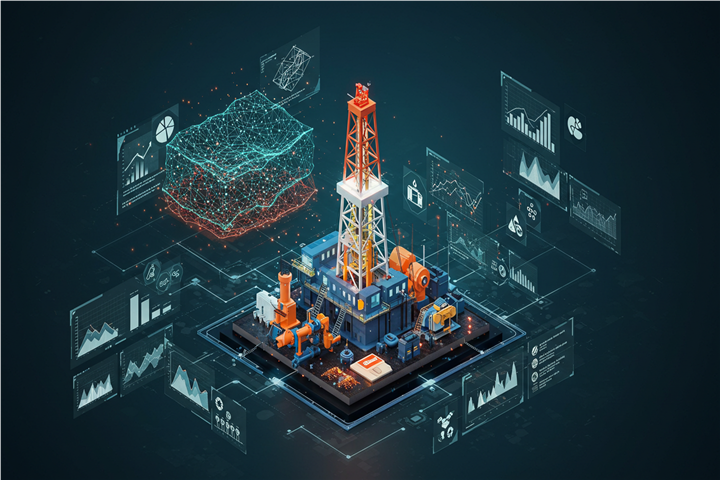In today’s oil and gas industry, drilling operations are becoming increasingly complex, capital-intensive, and time-sensitive. Traditional approaches to drilling optimization are no longer sufficient to meet the demands of high-performance wells, unconventional resources, and deepwater operations. At the same time, the large volume of drilling data generated daily remains underutilized.
This course provides participants with an in-depth understanding of how modern data management systems, advanced analytics, and Artificial Intelligence (AI) can transform drilling operations. It focuses on the integration of real-time data monitoring, machine learning models, predictive analytics, and digital twin applications to reduce non-productive time (NPT), optimize rate of penetration (ROP), enhance wellbore stability, and improve decision-making. Through lectures, case studies, and practical exercises, participants will learn to leverage data-driven methods for safer, faster, and more cost-effective drilling operations.
Turn drilling data into decisions — not hindsight. Most of the cost leakage in drilling is not caused by major failures, but by invisible non-productive time and delayed reaction to signals that already exist in the data. In this course, using real drilling datasets, you will see how AI-assisted workflows surface NPT / ILT patterns early and translate them into actionable drilling decisions — before costs accumulate.






comments (0)